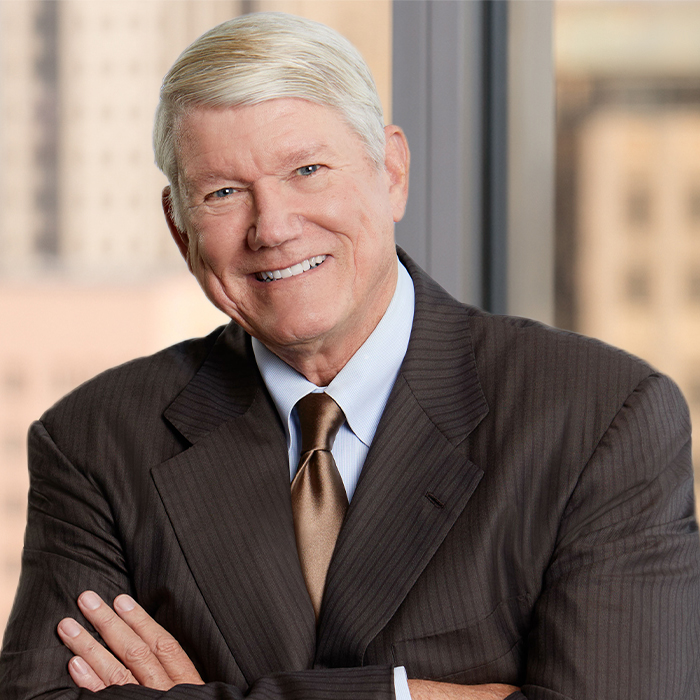By Chip Babcock
Here’s a quiz for you. Match the President to the quote:
- “He uses tweets to go directly to the public while bypassing journalists.”
- “[The President] directed [name] to make speeches attacking newspapers and the television networks as if they were rival political parties.”
- “The lesson he took from his early campaign was that the game was rigged.”
- “The New York Times is guilty of gross negligence and reporting failures.”
- “The news media has a preference for distortion and dissent.”
- “I treat journalists as people who [can] be bamboozled, bullied, cajoled or bribed with entertainment.”
- “He believes in a free press but when it’s applied to him he’s incredibly thin-skinned. If you cross him he’s a different person. He’ll remember every slight.”
Those of you who voted for Donald Trump (in the quiz I mean) are substantially correct; change a word or two and you are spot on. But how many of you knew that the answer to number one was Barack Obama; number two Richard Nixon who, in 1969, according to The Atlantic in a 2014 article, instructed his Vice President, Spiro Agnew, to go after the “media,” his more sinister sounding phrase for what had been previously referred to by the more friendly First Amendment term “press” as if they were the opposition party; number three was Nixon again commenting about his early campaigns for Congress; number four was George W. Bush through his press secretary Dana Perino; number five was Lyndon Johnson; number six was Johnson again, and number seven was Jimmy Carter, according to his press secretary.
The point of this is that there has always been an adversarial relationship between the President and the Press dating back to George Washington, who fretted that his farewell address would not be accurately reported and complained during his presidency that he was being treated unfairly by the newspapers and lampooned by the pamphleteers. The question is where is this administration headed.
Each president has a strategy for dealing with the media. John Kennedy and Ronald Reagan did it through humor, telegenic good looks, an amiable nature and awesome press/communications staffs. Kennedy was the first to televise his press conferences live which was his way of talking directly to the people. At an early such conference, he said with a smile that he was reading the press more and enjoying it less. Everybody laughed. The press secretary Michael Deaver said of Reagan that he “enjoyed the most generous treatment by the press of any President in the postwar era. He knew it and liked the distinction.” Why? As Mark Hertsgaard wrote in his book “On Bended Knee: The Press and The Reagan Presidency” it was mostly Reagan himself. He was sincere, had perfect vocal delivery and a photographic persona.
It is unlikely that anyone will compare President Trump to either Reagan or Kennedy in terms of relations with the press. But there are parallels to Nixon and LBJ who felt mightily abused by the media. Both fought back in ways that have not yet been employed by the Trump administration. Nixon sanctioned illegal wiretaps of reporters, IRS investigations of disfavored journalists, meddling with agencies like the Federal Communications Commission who were pressured to deny broadcast licenses to TV stations owned by The Washington Post, and direct threats to editors like the one Nixon’s attorney general John Mitchell delivered: “Katie Graham’s [the publisher of the Post] gonna [sic] get her tit caught in a big fat wringer if that [story is] published.” Two of Nixon’s aides (G. Gordon Liddy and E. Howard Hunt) even discussed a plot to assassinate columnist Jack Anderson according to a 2014 article in Politico. They settled for burglary instead.
LBJ was a little more subtle, telling Graham on the phone that he regretted not being able to see her in person and saying that he could be “like one of these young animals on my ranch and jump the fence” to go see her. When flattery didn’t work he could get nasty, employing the FCC and Justice Department to harass reporters and news organizations, including the Post.
The early days of the Trump administration have seen all of the taunting and disrespect of the press that was evident in the Nixon and Johnson administrations. What hasn’t happened yet, and hopefully won’t, is the use of government agencies to target disfavored journalists and their organizations. I told Politico the day after the election that we should wait a few months to see how this administration settles in, but it does not appear that President Trump and his advisors have delayed that long to engage the media.
The Press and the President are natural adversaries, and that is their expected role. Let’s just hope that the war does not escalate on either side (one cannot help but notice some obvious disdain for Trump in the mainstream media’s news reporting) and the tension that always exists is healthy not hurtful.
The opinions expressed are those of the author and do not necessarily reflect the views of the firm, its clients, or any of its or their respective affiliates. This article is for informational purposes only and does not constitute legal advice.
